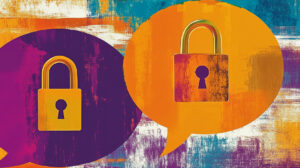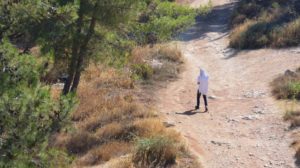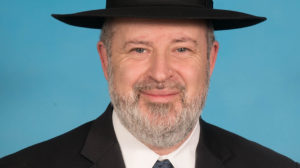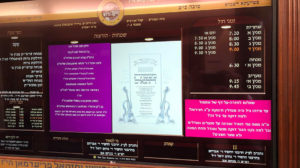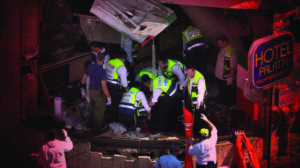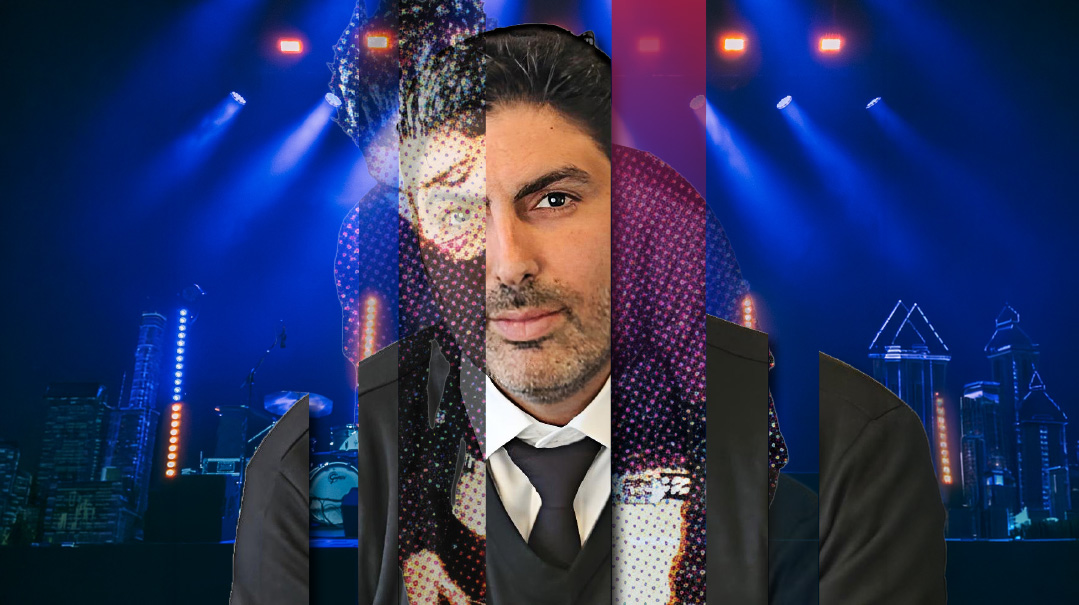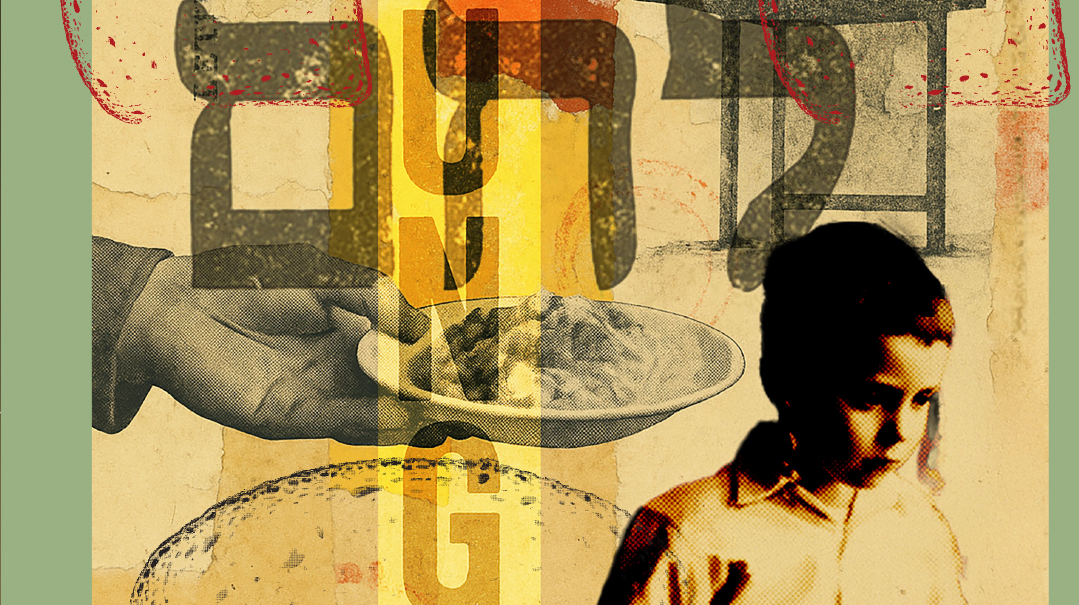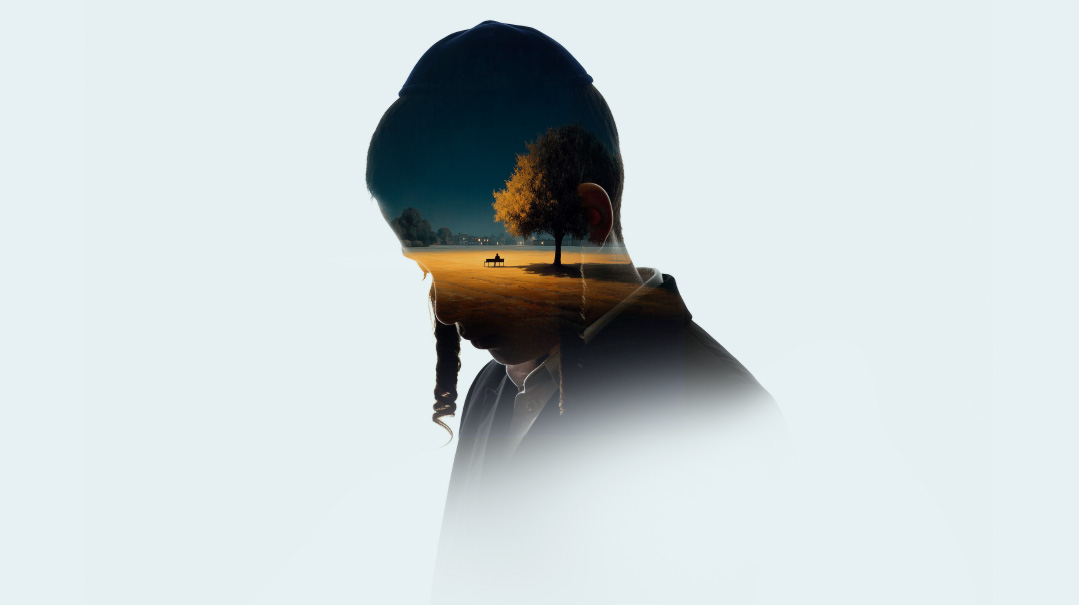A Second Chance
| December 4, 2019I cannot imagine the pain my wife and parents endured watching the chevra kaddisha come for me
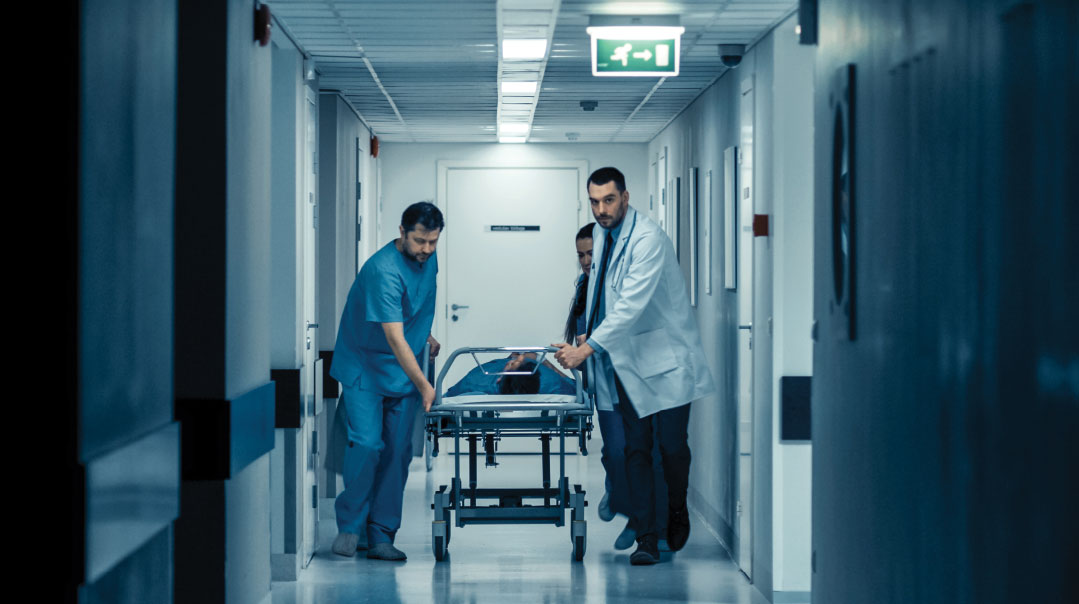
I live in a close-knit Jewish community in Europe. My wife, Rachel, and I have four children, I work as the chief investment officer of a bank, and I’m a very involved member of my community and shul. Baruch Hashem, life is busy.
Last March was even busier than usual. Purim was two weeks away, with all the preparations that entailed; there was a carnival fundraiser and a Maccabi football match I wanted to take my kids to; I was busy managing the youth minyan at the shul; and to top it all off, there was the l’chayim of a close friend who had gotten engaged after many years of dating. As full as my schedule was, there was no way I was going to miss that.
Rachel and I got home from the l’chayim at around midnight. Still exhilarated, I puttered around, getting ready to call it a day. I sat down to go through my e-mails. Rachel was also still up, working in another room, when she heard a thump. Not a loud, alarming crash… just a thump. Still, she got up to investigate.
She found me unconscious — slumped over, eyes closed, iPad lying nearby on the floor where it had slipped from my limp fingers.
Immediately Rachel called an ambulance. While she waited, she noted that I drew occasional breaths. She thought that was a good sign, but it wasn’t; it was literally my last gasp, a final reflex as the body shuts down.
It took seven minutes for the paramedics to arrive. They pushed Rachel away, repeatedly ordering her to stay back as they worked on me. They were sure I was dead. They didn’t want to leave her with nightmares.
National protocol in such cases is to work on the patient for a maximum of ten minutes, but the lead paramedic recognized me. We had been in school together years ago and he refused to give up. After 23 minutes of CPR and defibrillation, they got a pulse. Immediately they loaded me onto a stretcher and rushed me outside to the waiting ambulance. Rachel stumbled out behind them, shocked and disoriented to find an ambulance, a rapid response vehicle, and a fire engine wailing into the night.
At the hospital, the doctor was grimly pessimistic. He warned Rachel and my parents that I wouldn’t survive the night, but my family refused to accept his predictions of doom. One of my friends bumped into my mother as he rushed to see me in the ICU. She was marching out of the doctor’s office in a huff, waving a fist in the air and muttering, “What do doctors know? They know nothing about HaKadosh Baruch Hu!”
When I was still alive the next morning, Rachel took it as a sign: Hashem was here, He was holding her, I would make it.
Brain scans showed severe oxygen deprivation and swelling. Since the hospital was not equipped to deal with such serious trauma, I was transferred to a larger hospital in a nearby city. The name Rafael was added to my name and a massive Atzeres Tehillim took place in the biggest of the four shuls in the community. I was told there were more people in shul then than during Neilah on Yom Kippur. Perhaps most remarkable was the participation of the many traditional Israelis who had moved to our community in recent years. Many of them came to shul for their first time in my merit. Their sympathy toward a stranger was incredibly moving, and they in turn were equally stirred by the electrifying tefillos and unity of the community.
Meanwhile, an angiogram showed a good working heart with no blockages, so the reason for my cardiac arrest was a mystery. As the swelling around the brain slowly receded, the doctors tried to wake me up from the induced coma. Every time they tried weaning me off the sedation, I had a seizure and they had to stop. I remained in critical condition.
On Shabbos, my condition took a turn for the worse. The chevra kaddisha was called, then thankfully sent away. But the same thing repeated itself a few days later. I cannot imagine the pain my wife and parents endured watching the chevra kaddisha come for me.
When my condition stabilized, the doctors renewed their efforts to wake me up, with poor results each time. After a while the didn’t even bother calling Rachel in when they tried; there was nothing to see.
By the second week of this, Rachel was at the end of her rope. She had found her husband unresponsive, endured the trauma of watching the resuscitation attempts, and had experienced the chevra kaddisha gathering at my bedside for my imminent death — twice. She had been living in the hospital, barely eating or sleeping, and trying to keep things together at home. On day ten, the physical and emotional stress became too much and she fainted in the ward. She spent the night recovering in the ER.
She was leaving the hospital for a short break the next morning when a nurse grabbed her and pulled her back inside.
“Quickly, come upstairs,” she said. “Your husband is responding!”
Rachel had watched me teeter between life and death for ten days; now it was surreal to see me respond to the doctor’s instructions. He told me to lift my arms and I did, he told me to squeeze his hand and I did. Incredibly, a week later, on Taanis Esther, my trach was removed, and with the help of a voice box I was able to whisper a few words: Baruch Hashem and Shema Yisrael. I was also able to put on tefillin.
The next day was Purim. I wear the same costume every year, and Rachel brought it to the hospital. After two weeks in a coma, I shocked the doctors by getting out of bed, standing up and speaking… in a Superman costume.
It’s tough for me to tell this story, to relive the trauma, pain, and fear of that difficult time. But I feel compelled to, because there’s another part of the story that is as incredible as the medical miracle: how the people around us responded.
As I lay in a coma for two weeks, Jews around the world stormed the heavens with prayers and performed mitzvos as a merit for my recovery. We actually kept a list of the mitzvos and kabbalos that people told us about. An old friend told me that he heard about my collapse when he was already in bed. Shocked at the news, he slumped back against the headboard. His eyes fell on the shelf holding his tefillin bag — the tefillin that he had not put on in ten years. Instinctively, he reached for them and put them on. When I heard that, I broke down crying. Who knows in what merit I recovered?
Friends sought brachos from Rav David and Rav Yekusiel Abuchatzeira and Rav Chaim Kanievsky. Relatives prayed at the Kosel, Kever Rochel, the kever of Rashbi, the Baba Sali and the Chida, as well as at kivrei tzaddikim in Spain. Children in the UK, Morocco, and Bnei Brak said Tehillim. Groups gathered to learn and say Tehillim, and my family completed the entire Tehillim twice daily. Many people gave tzedakah and over 300 people joined a machsom l’fi. There is no doubt that it was their combined spiritual efforts that created the miracle of my recovery, and I feel intensely connected to every single person who davened for me and performed mitzvos in my merit. Those acts of kindness bring me to tears every time I recount them.
Eventually, the doctors diagnosed me with arrhythmogenic cardiomyopathy, a kind of short circuit in the electrical impulse that regulates the heartbeat. They couldn’t identify the cause, and there are very few statistics available on this condition simply because most people don’t survive it. (My case is so unique that a specialist from another country flew in to document it.) I had a pacemaker with a defibrillator implanted, to automatically shock my heart back into rhythm if it ever happened again. Every few months I go in for maintenance checks, where they test the machine by artificially triggering an irregular heartbeat. Baruch Hashem, so far so good. The most recent MRI of my brain shows incredible improvement (“It looks like you bought a new head,” said the doctor). I went through a long process of physiotherapy and am still on some medications, but my recovery is a miracle.
I’m back at work now. Physically, I’m not the same: I can do everything I used to do, but I have chronic pain and feel my age more than before. Spiritually I have also changed. Nothing feels more important than helping another Jew, and I’ll find time for anyone who needs me. Although I always loved learning, I’m finding much more time for it now. Putting on tefillin feels like an incredible, precious opportunity. My davening is also completely different — I spend much more time praying, and have a long list of people whom I pray for with intensity. I’ve learned firsthand what prayer can accomplish.
At my seudas hoda’ah, the rav commented that for years he had worked to inspire change in the community, but their response to my crisis accomplished far more than his efforts ever did. When I appeared in public early in my recovery, four different non-Jews whom I had never met before approached to tell me how they had prayed for me, lit candles for me, and were so glad to see me getting better. A friend gave his new baby my name (as Sephardim, we give the names of living people); my recovery has become a symbol of chizuk and emunah for everyone around me.
One of my doctors commented that if he ever fell ill, he hoped that our community would pray for him. We don’t always get to see the answer to our tefillos in such a clear and direct manner, but my recovery was an awesome reminder of the enormous power of tefillah, the power of community, and the power of Hashem Who creates miracles.
(Originally featured in Mishpacha, Issue 788)
Oops! We could not locate your form.

